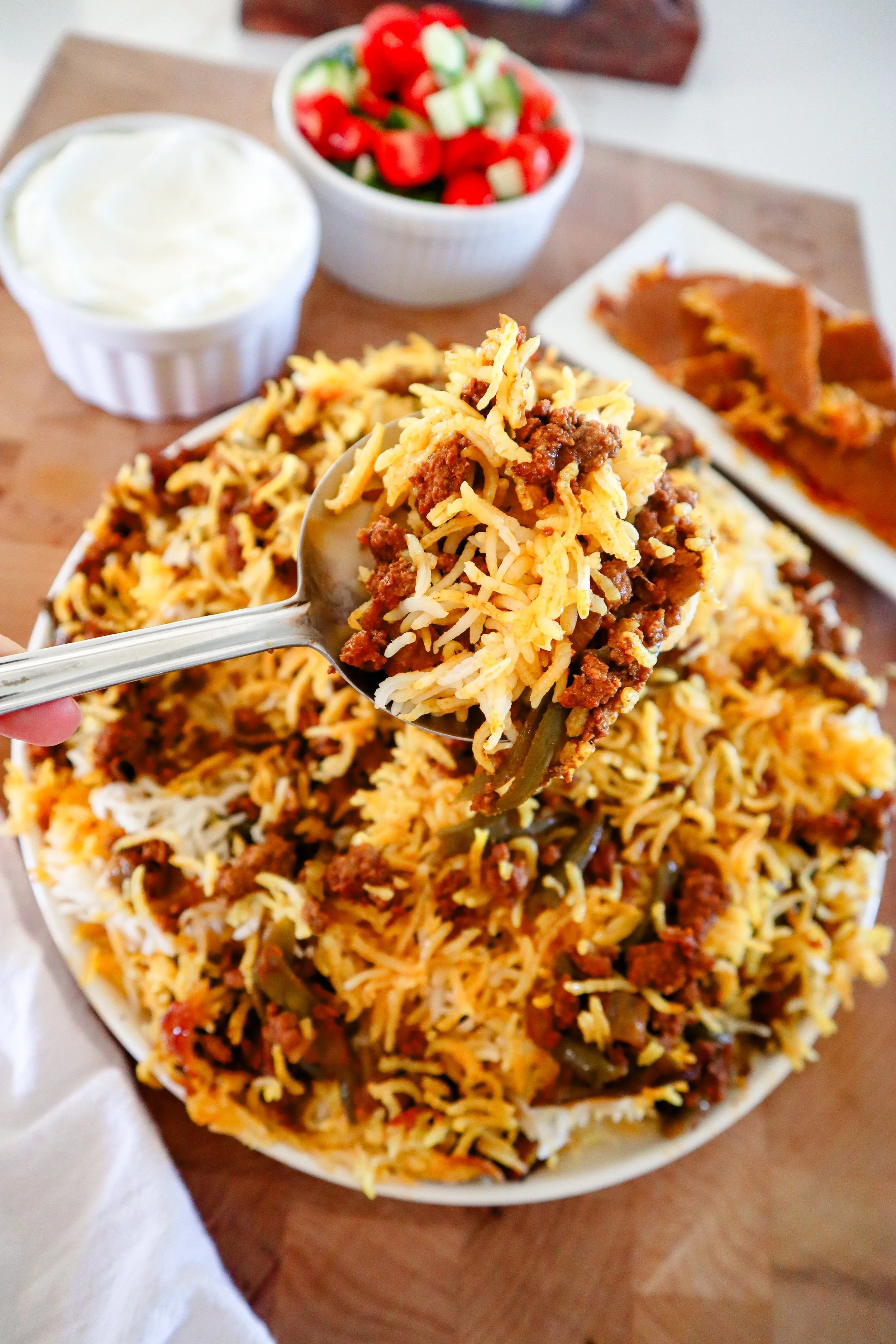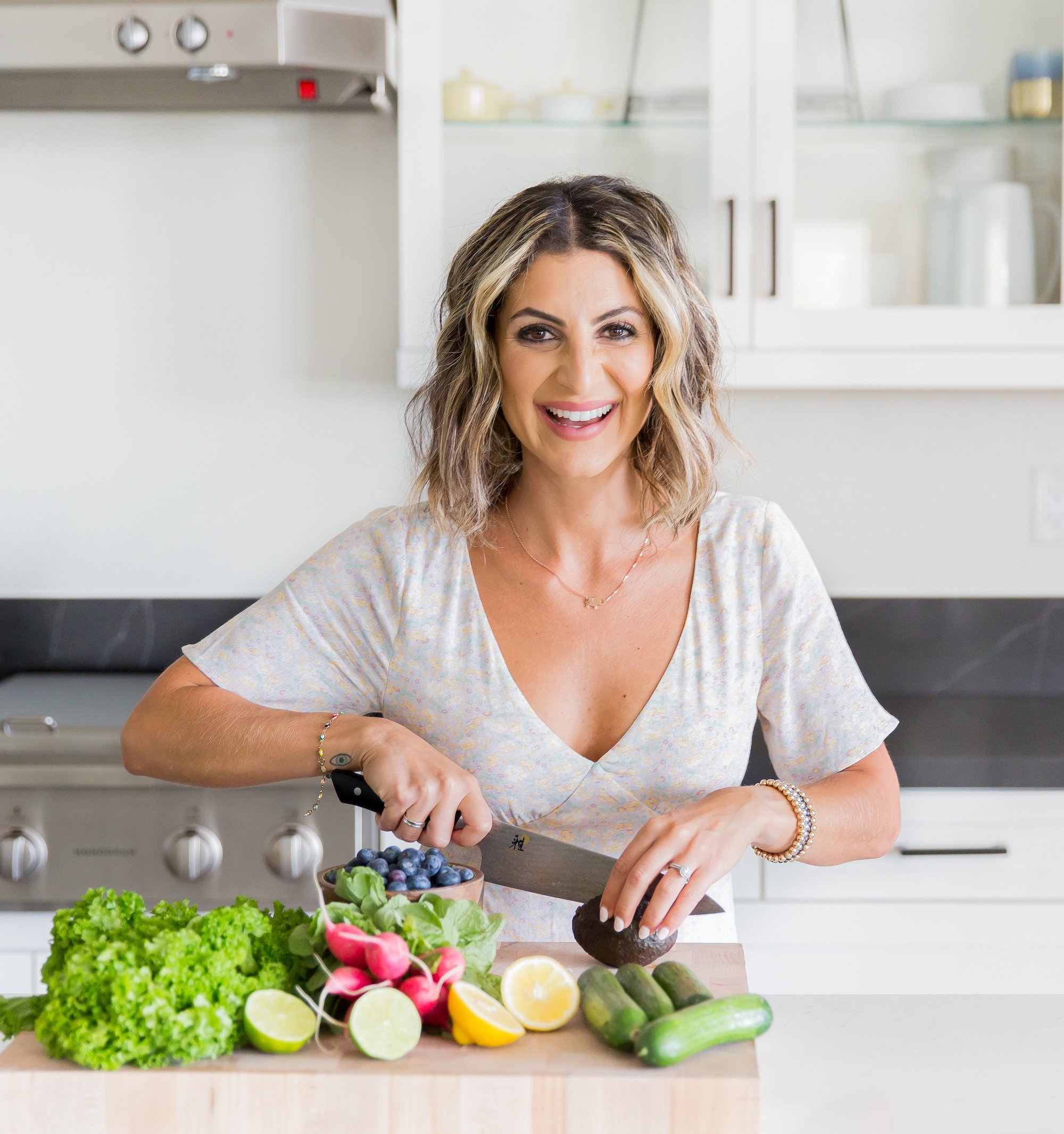How to Thaw Frozen Chicken: Safe & Easy
Thawing frozen chicken is a task that every cook will encounter at some point. Whether you're preparing chicken thighs, a whole chicken, or chicken wings, knowing the best way to thaw your chicken safely is crucial for food safety and achieving the best results in your cooking.
In this comprehensive guide, I'll walk you through the safest and easiest ways to thaw frozen chicken, including different methods, tips, and tricks to ensure your chicken thaws properly without any risk of bacterial growth.
Let’s get started!
Why is Proper Thawing Important?
Before diving into the different methods, it's essential to understand why proper thawing is important. Thawing chicken incorrectly can lead to bacterial growth, which can cause foodborne illnesses.
When chicken is thawed at unsafe temperatures, it enters the temperature danger zone (40°F to 140°F), where bacteria can multiply rapidly. To avoid this, it's crucial to use safe thawing methods that keep the chicken out of this temperature range.
Can You Thaw Chicken at Room Temperature?
One common question is whether you can thaw chicken at room temperature. The answer is a resounding no. Thawing chicken at room temperature is the wrong way to do it.
When chicken is left out on the counter, the outer parts of the chicken can reach unsafe temperatures while the inside remains frozen. This creates an ideal environment for bacterial growth. Instead, always use methods that keep the chicken at proper temperatures throughout the thawing process.
The Best Ways to Thaw Frozen Chicken
1. Thawing in the Refrigerator
The Refrigerator Method: The Safest Way
The refrigerator method is widely considered the safest method to thaw frozen chicken. This method keeps the chicken at a safe, consistent temperature, preventing bacteria growth. Here's how to do it:
Plan Ahead: Depending on the cut of chicken, the refrigerator method can take a full day or more. A whole chicken or large bone-in parts will take longer to thaw than boneless parts like chicken breasts.
Place in a Leak-Proof Bag: To prevent any juices from leaking and contaminating other foods, place the chicken in a leak-proof bag.
Use a Big Dinner Plate or Tray: Put the bagged chicken on a plate or tray to catch any drips.
Check the Thawing Time: As a general rule of thumb, allow 24 hours for every 4-5 pounds of chicken. So, if you have a 5-pound whole chicken, it will take about a day to thaw.
Pros:
Safest method
No loss of quality
Cons:
Longest Thawing Time: This method requires planning ahead, as it can take significantly longer than other methods
2. The Cold Water Method
The Cold Water Method: The Fastest Safe Method
If you need to thaw chicken fast but want to avoid the microwave, the cold water method is a great way to go. This method is faster than the refrigerator but still keeps the chicken out of the temperature danger zone.
Use a Large Bowl: Fill a large bowl with cold water.
Submerge the Chicken: Place the chicken in a leak-proof ziptop bag and submerge it in the cold water.
Change the Water Regularly: To keep the water cold, change it every 30 minutes.
Check the Thawing Time: Smaller cuts like boneless breast or chicken thighs can take 1-2 hours, while a whole chicken may take 3-4 hours.
Pros:
Faster than refrigerator method
Safe if done correctly
Cons:
Requires more attention (changing water)
Uses a lot of water
3. The Microwave Method
The Microwave Method: The Fastest Method
For those in a real hurry, the microwave method is the fastest way to thaw chicken. However, it's crucial to follow proper procedures to avoid partially cooking the chicken, which can lead to bacteria growth.
Use a Microwave-Safe Dish: Place the chicken on a microwave-safe dish to catch any juices.
Set the Defrost Setting: Use the defrost setting on your microwave. If your microwave doesn’t have one, set it to 30% power level.
Monitor the Chicken: Microwave the chicken in short bursts, checking frequently to ensure it’s thawing evenly.
Cook Immediately: After thawing, cook the chicken right away to prevent bacteria growth.
Pros:
Fastest method
Cons:
Risk of partially cooking the chicken
Can lead to loss of quality
4. Thawing in the Instant Pot or Slow Cooker
Using an Instant Pot or Slow Cooker: No Thawing Needed
If you’re short on time, you can cook frozen chicken directly in an Instant Pot or slow cooker without thawing. This method can be convenient, but it’s essential to ensure the chicken reaches a safe internal temperature.
Instant Pot: Add the frozen chicken and a small amount of liquid to the Instant Pot. Cook on medium heat using the poultry setting.
Slow Cooker: Place the frozen chicken in the slow cooker with some liquid and cook on low or high depending on the cooking time needed.
Pros:
No need to thaw
Saves time
Cons:
Longer cooking time
Need to monitor internal temperature
Tips for Thawing Chicken Safely
How Much Time Do You Need?
The amount of time required to thaw chicken depends on the method you choose and the weight of the chicken. As mentioned, the refrigerator method takes the longest, followed by the cold water method, and the microwave method is the fastest. Cooking directly from frozen in an Instant Pot or slow cooker eliminates the thawing time but extends the cooking time.
What About Defrosting Large Cuts of Chicken?
For larger cuts like a whole chicken or thick bone-in parts, the refrigerator method is the best way. It ensures even thawing and maintains the quality of the meat. If you're in a hurry, the cold water method can work, but be diligent about changing the water to keep it cold.
Using a Meat Thermometer
Always use a meat thermometer to check the internal temperature of the chicken before cooking. The chicken should reach an internal temperature of 165°F to ensure it's safe to eat.
Avoiding Freezer Burn
To prevent freezer burn, store your chicken in proper packaging before freezing. Use ziptop bags or vacuum-sealed bags to minimize exposure to air.
General Rule of Thumb for Thawing Times
Boneless parts (breasts, thighs): 24 hours in the refrigerator
Bone-in parts (wings, drumsticks): 1-2 days in the refrigerator
Whole chicken: 2-3 days in the refrigerator
Cold water method: 30 minutes per pound of chicken
Microwave method: Follow microwave instructions, typically a few minutes per pound
Can You Use Warm Water to Thaw Chicken?
Using warm water to thaw chicken is not a good idea. Warm water can bring the outer parts of the chicken into the temperature danger zone while the inside remains frozen, promoting bacteria growth. Stick to cold water for safe thawing.
The Easiest Way to Thaw Chicken: My Personal Favorite
After trying various methods, I find the refrigerator method to be the easiest way to thaw chicken. Although it takes more time, it requires minimal effort and planning. I place the chicken in its original packaging or a leak-proof bag on a big dinner plate in the fridge, and let it thaw slowly. This method consistently gives me good quality chicken without any risk of bacterial growth.
Thawing frozen chicken safely is a crucial step in food preparation. By understanding the different methods and their pros and cons, you can choose the best method for your needs. Whether you opt for the slow, safe refrigerator method, the quick cold water method, or the fastest microwave method, always prioritize food safety to ensure your chicken is delicious and safe to eat.
Remember, never thaw chicken at room temperature, and always cook thawed chicken immediately to prevent any risk of bacterial growth. With these tips and techniques, you'll be well-equipped to handle any frozen chicken, ensuring your meals are both safe and tasty.
Happy cooking!


































